The grim realities of prison life have long captured the imagination of musicians. From the outlaw narratives of Johnny Cash to the social commentary of Public Enemy, the specter of incarceration has served as both a haunting fear and a potent source of inspiration for artists across genres.
For those of us on the outside, popular culture offers a glimpse into the world behind bars through television series like Orange Is the New Black, acclaimed films such as The Shawshank Redemption, and, powerfully, through music. From the rock and roll energy of “Jailhouse Rock” to tales of escape and reflection, we delve into 20 standout Songs About Jail that have resonated with audiences worldwide.
Johnny Cash, “Folsom Prison Blues”
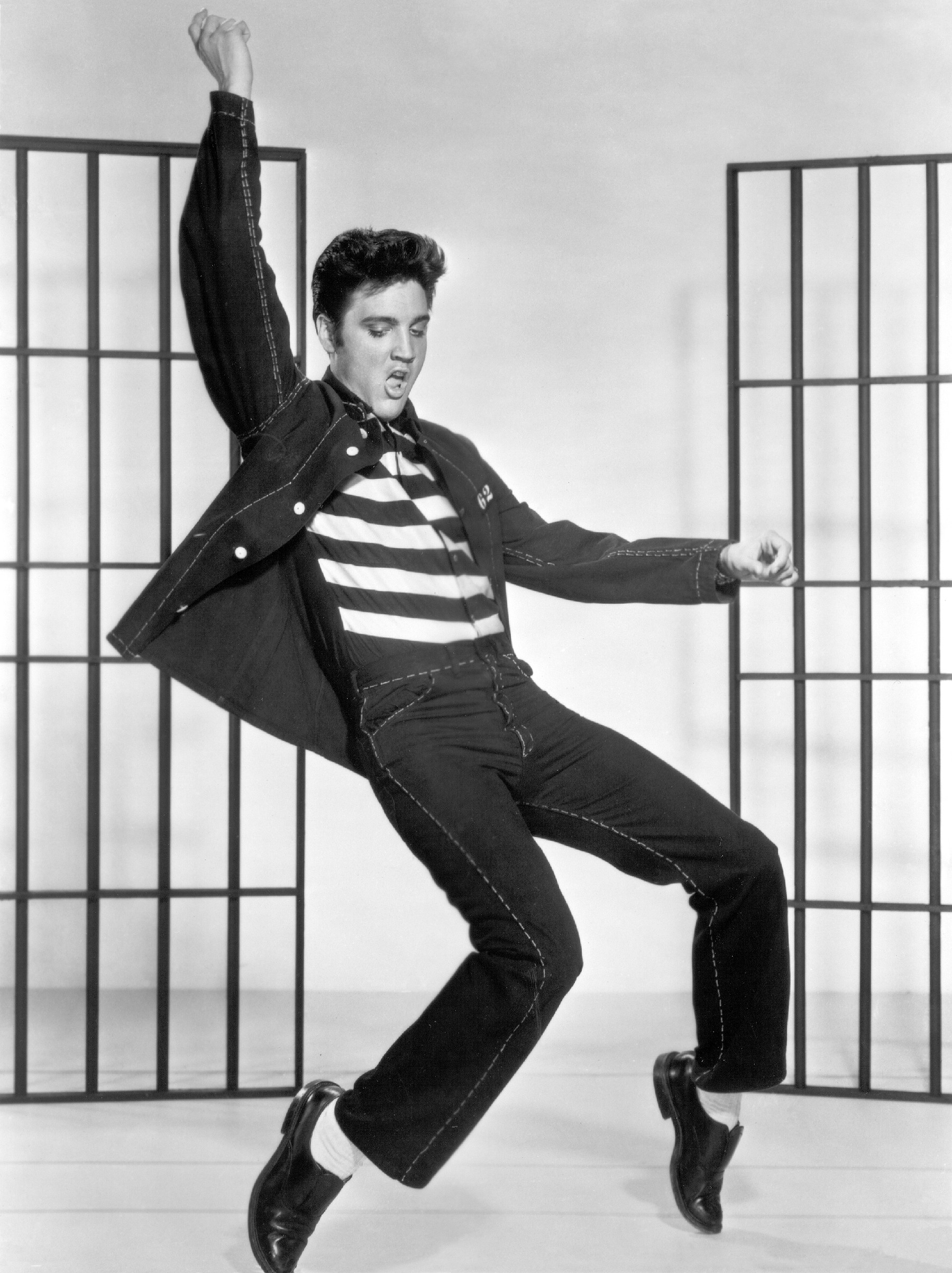 Johnny Cash Folsom Prison Performance
Johnny Cash Folsom Prison Performance
Astonishingly, Johnny Cash, the “Man in Black,” who himself had only brief brushes with overnight stays in jail, penned what is considered one of the most authentic and enduring songs about prison. “Folsom Prison Blues” paints a vivid picture of life within prison walls, fueled by Cash’s empathy and frequent performances for incarcerated audiences, including his legendary concerts at Folsom Prison. While Cash explored jail themes in other tracks like “Starkville City Jail” and “San Quentin,” “Folsom Prison Blues,” released nearly six decades ago, remains the definitive “prison song,” capturing the loneliness and longing for freedom.
Bob Dylan, “Hurricane”
 Bob Dylan Hurricane Performance
Bob Dylan Hurricane Performance
Bob Dylan’s “Hurricane,” from his 1976 album Desire, is a powerful ballad of social injustice, recounting the true story of boxer Rubin “Hurricane” Carter. The song details Carter’s wrongful conviction in 1966 for a triple homicide, highlighting the lack of substantial evidence linking him to the crime. Dylan’s lyrics directly address the racial bias and police misconduct believed to be central to the case. “Hurricane” became an anthem for Carter’s cause, generating public support for a retrial. Despite the song’s impact, Carter was controversially found guilty again in 1976, before finally being released nearly a decade later, underscoring the song’s poignant message about justice and imprisonment.
Elvis Presley, “Jailhouse Rock”
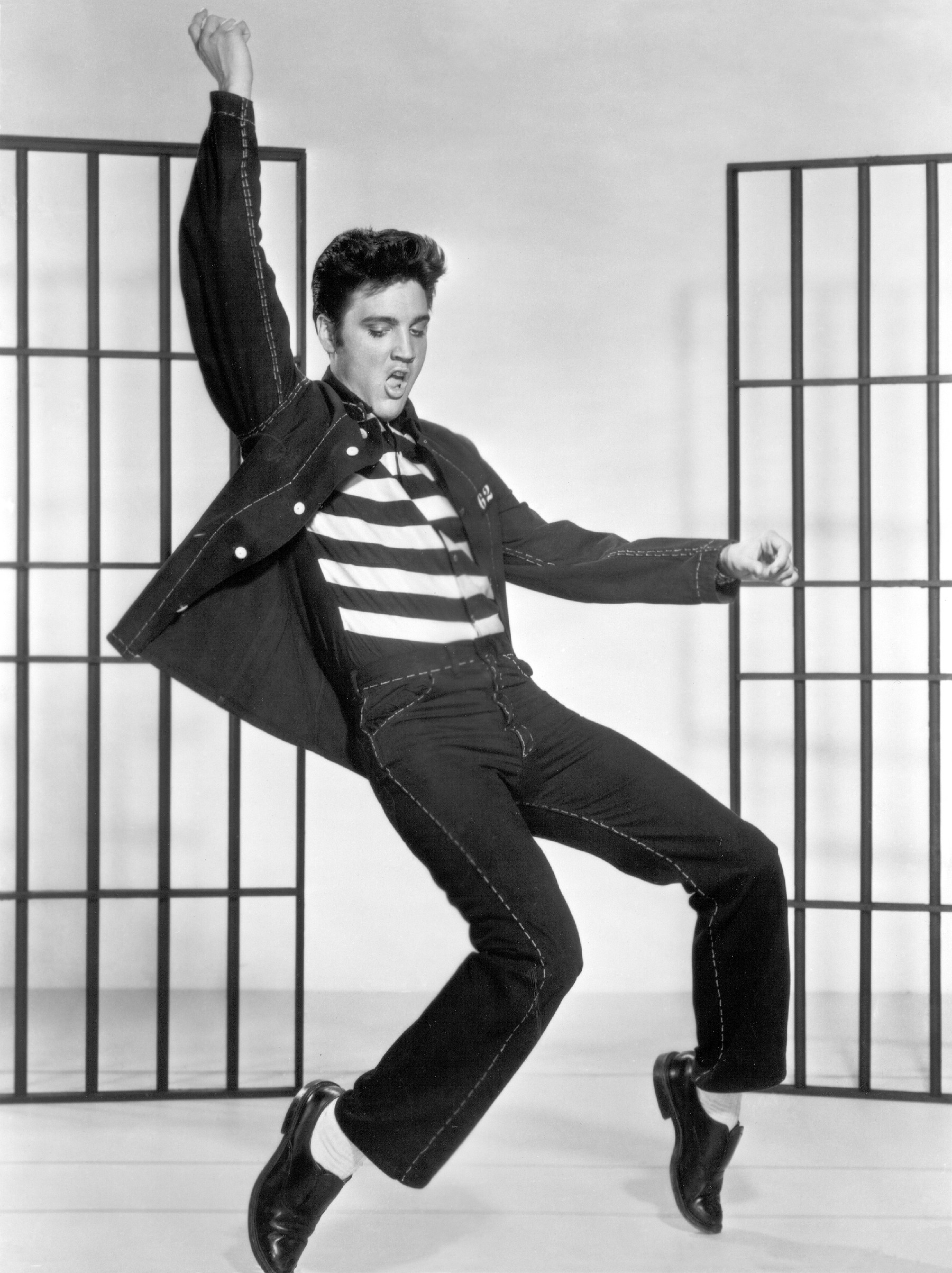 Elvis Presley Jailhouse Rock Movie Still
Elvis Presley Jailhouse Rock Movie Still
“Jailhouse Rock” stands out as perhaps the most infectiously upbeat song about prison ever recorded. This classic hit, penned by the legendary songwriting duo Leiber and Stoller, was created for Elvis Presley’s 1957 film of the same name. The movie musical centers on a young man who discovers his musical talent while incarcerated. Recognized as one of Rolling Stone’s 500 Greatest Songs of All Time, “Jailhouse Rock” transcends its film origins, becoming a rock and roll standard covered by artists from Jeff Beck to John Mellencamp. Its enduring appeal is further cemented by iconic performances like The Blues Brothers’ rendition within the walls of Joliet Prison in their 1980 movie.
The Clash, “Jail Guitar Doors”
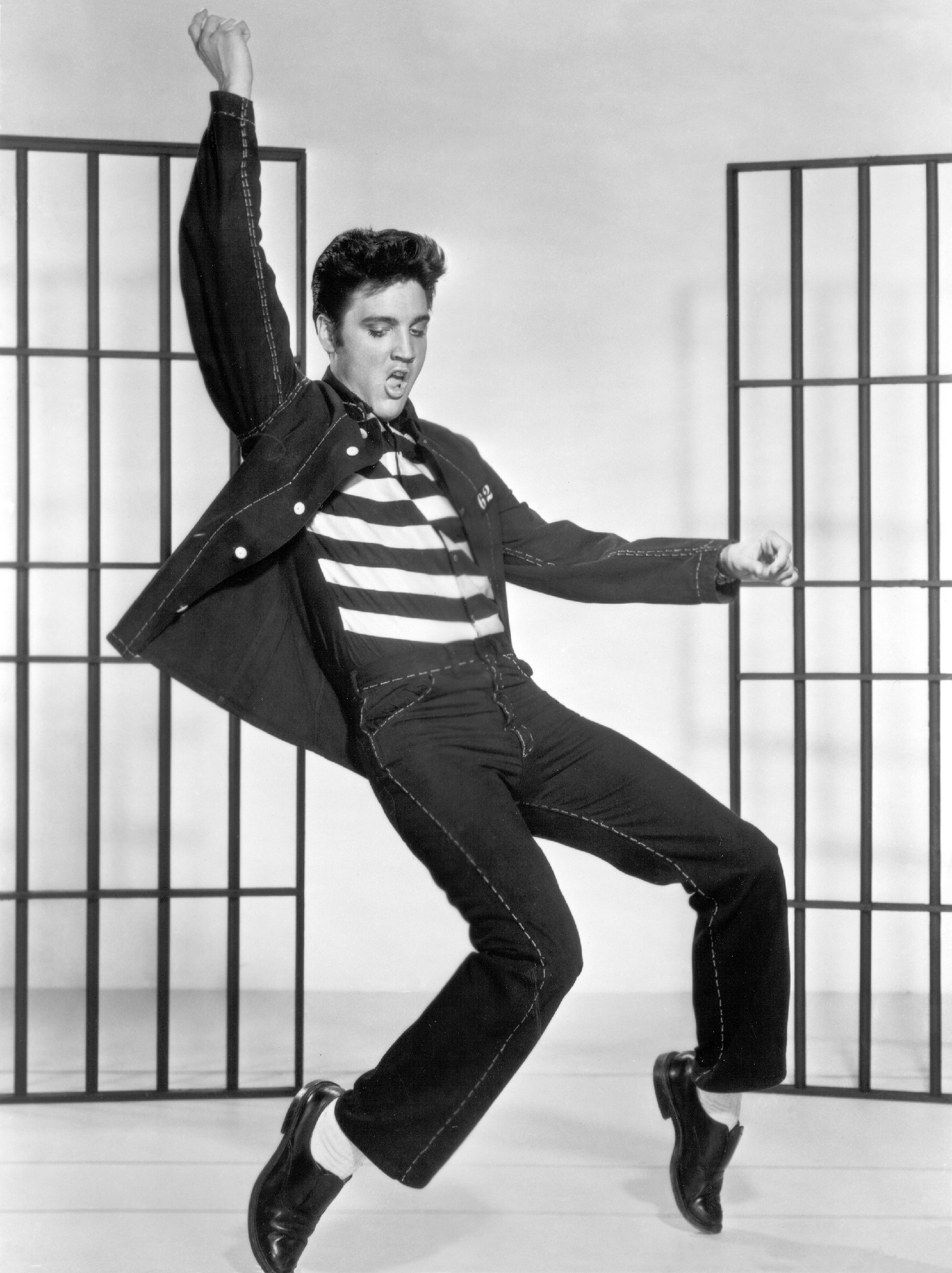 The Clash Band Photo
The Clash Band Photo
“Jail Guitar Doors,” a B-side to The Clash’s 1977 single “Clash City Rockers,” is a Joe Strummer composition that subtly nods to rock musicians who have faced legal troubles. The song references MC5’s Wayne Kramer, Fleetwood Mac’s Peter Green, and The Rolling Stones’ Keith Richards, all of whom had encounters with the law. Beyond the song, “Jail Guitar Doors” inspired a real-world initiative. Wayne Kramer, in collaboration with Billy Bragg, launched the Jail Guitar Doors organization, dedicated to providing musical instruments to prison inmates as a form of rehabilitation and creative outlet.
Warren Zevon, “Prison Grove”
 Warren Zevon Performing Live
Warren Zevon Performing Live
Warren Zevon’s “Prison Grove,” released in 2003, offers a stark and bleak depiction of imprisonment. The song paints a picture of a desolate jail constructed from iron and stone, devoid of warmth in the depths of winter. Adding profound emotional weight to the track is the context of its recording: Zevon was battling terminal lung cancer at the time. This knowledge imbues “Prison Grove” with a sense of inescapable confinement and impending mortality. The song’s somber atmosphere is further enhanced by background vocals from Bruce Springsteen, T-Bone Burnett, and others, creating a haunting and unforgettable listening experience.
Tom Waits, “Fish in the Jailhouse”
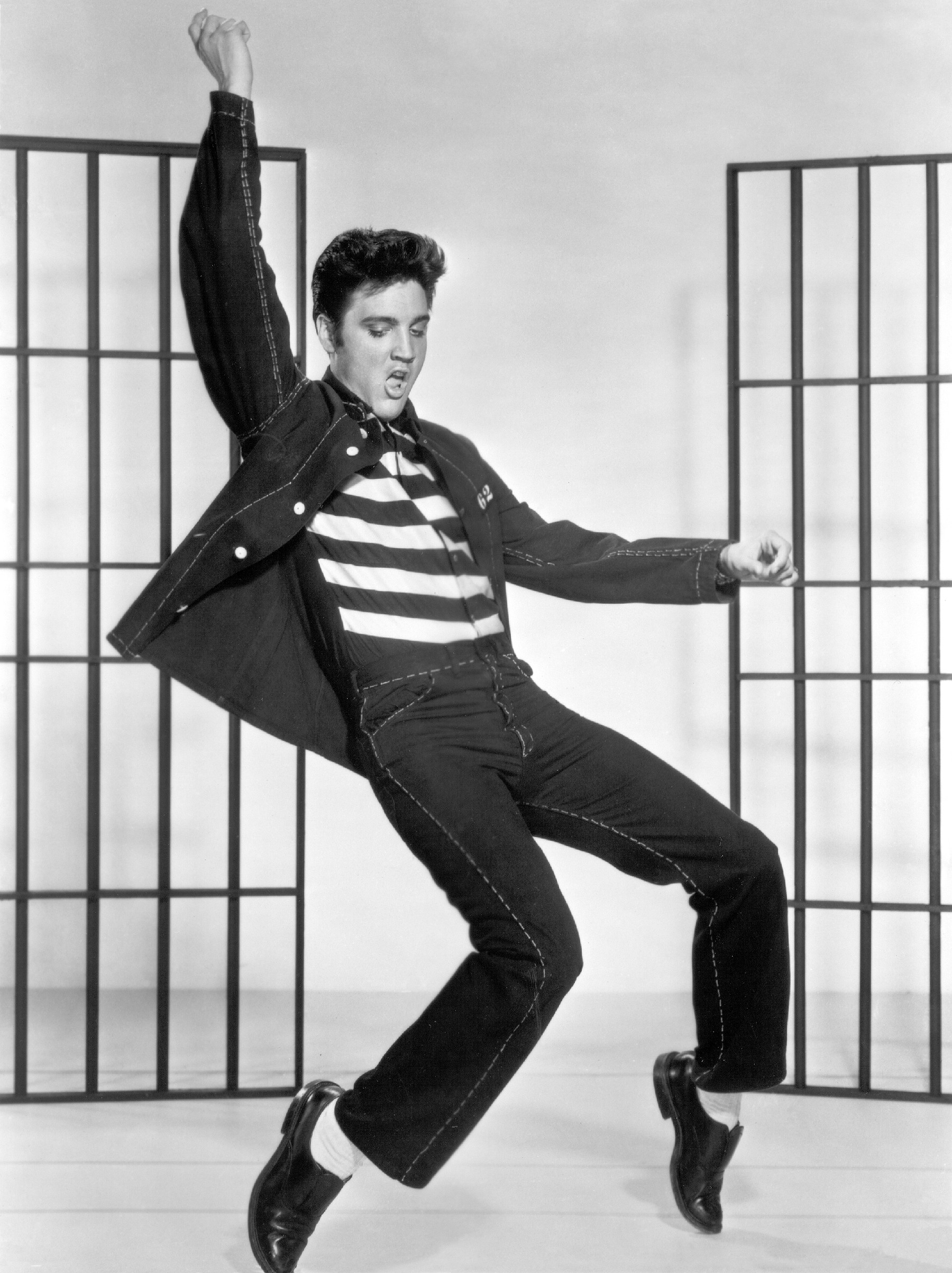 Tom Waits in Concert
Tom Waits in Concert
Tom Waits’ quirky “Fish in the Jailhouse” playfully subverts typical prison song themes. While “fish” is prison slang for a newcomer, in this context, it literally refers to aquatic creatures. The song introduces us to Peoria Johnson, an inmate who confidently tells his cellmate of his ingenious escape plan involving a “skeleton fish key.” This key, he explains, will be procured from the jailhouse cafeteria’s fish supper. The whimsical concept for “Fish in the Jailhouse” reportedly originated from a dream experienced by Waits’ wife and songwriting partner, Kathleen Brennan, showcasing Waits’ signature blend of the absurd and the darkly humorous in exploring the idea of being confined.
Sublime, “Jailhouse”
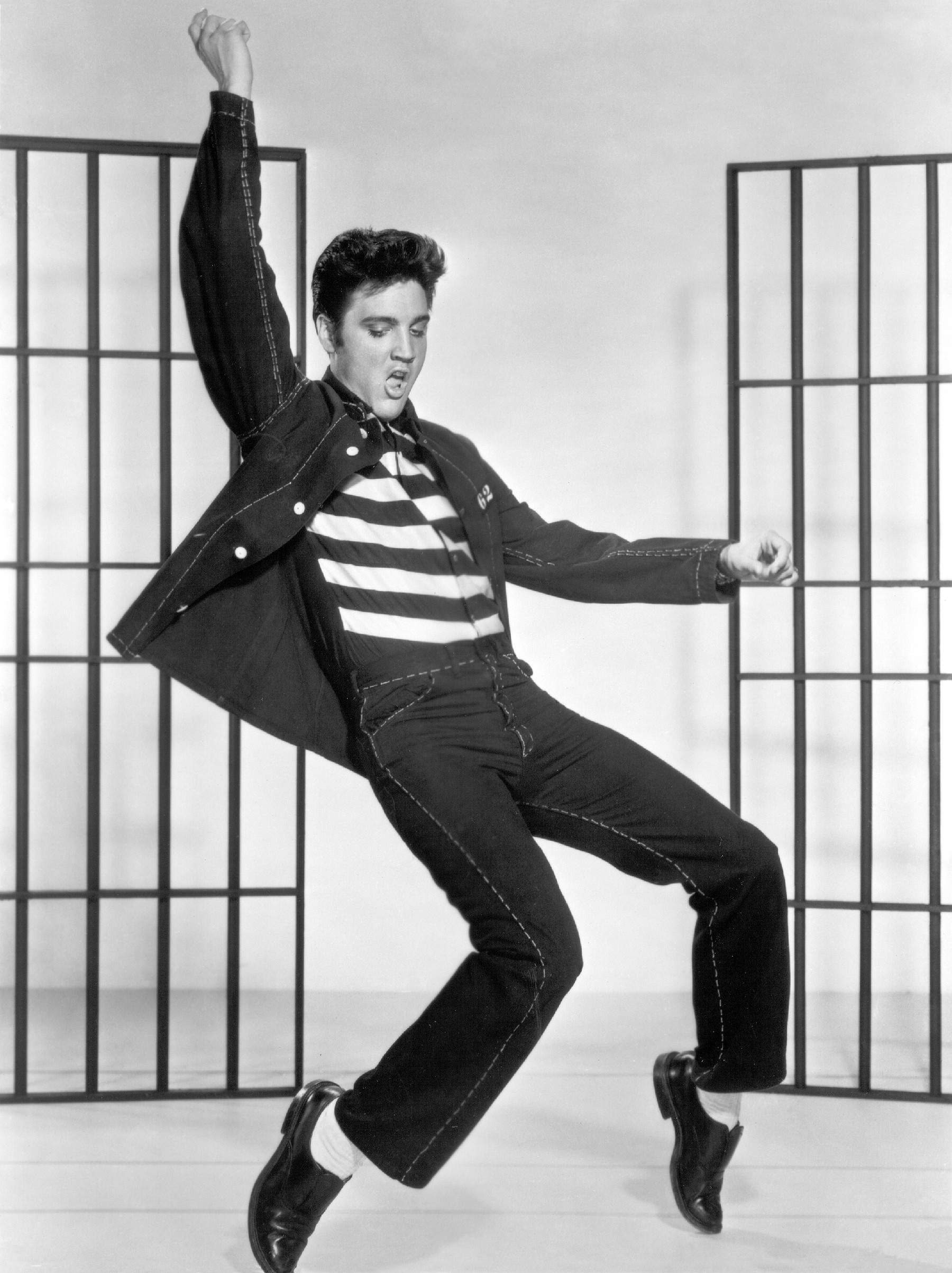 Sublime Band Photo
Sublime Band Photo
For their major label debut, Sublime chose to cover “Jailhouse,” an early single by Bob Marley & The Wailers, infusing it with their distinctive sound. Sublime creatively blended Marley’s original verses with their own interpretation of Tenor Saw’s “Roll Call,” resulting in a standout track on their self-titled album Sublime. This rendition of “Jailhouse” captures the timeless conflict between youthful rebellion and authority, resonating with themes of teenage angst and brushes with the law.
Soundgarden, “Rusty Cage”
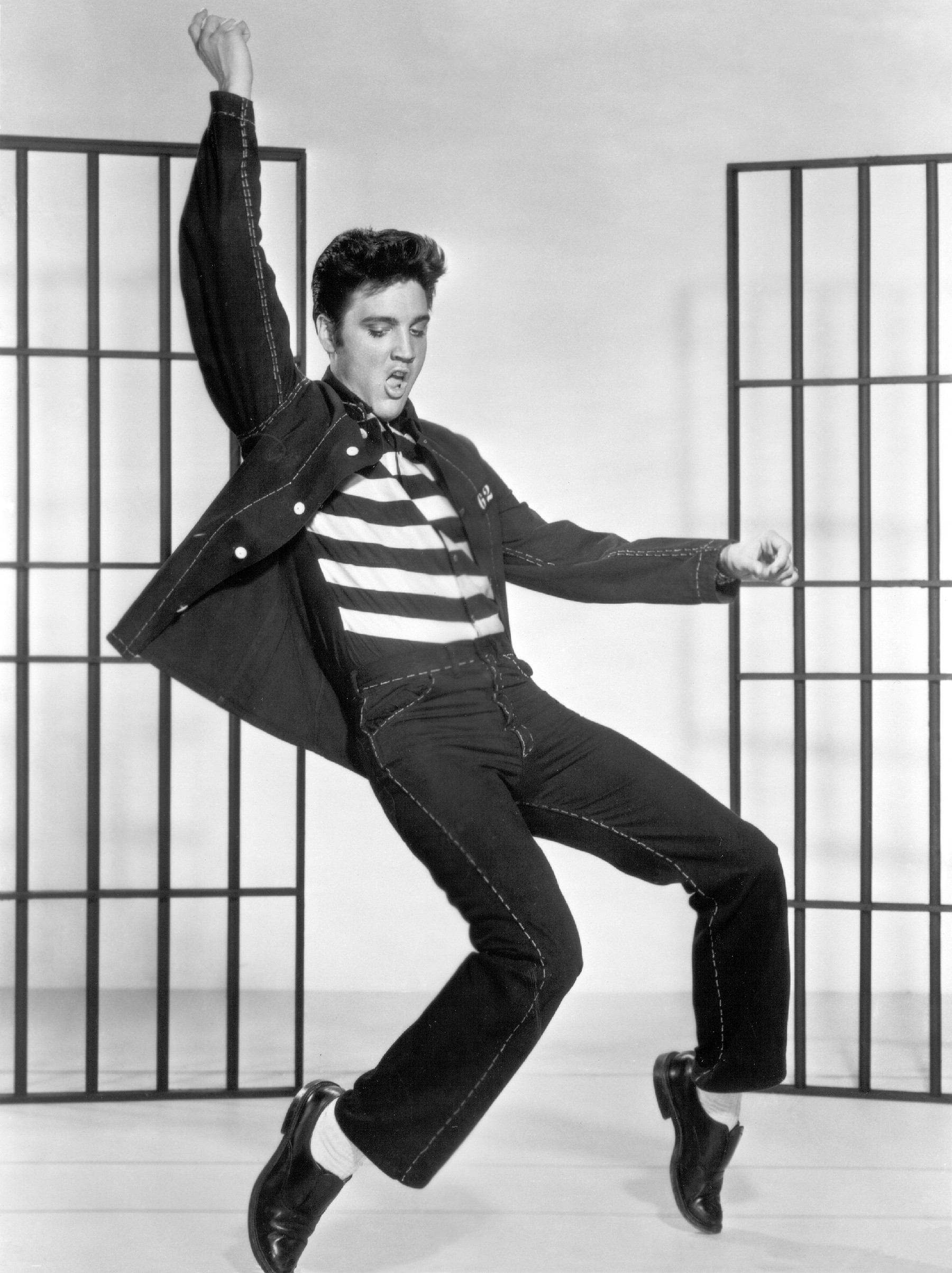 Chris Cornell Soundgarden Performance
Chris Cornell Soundgarden Performance
Soundgarden’s 1992 hit “Rusty Cage” from Badmotorfinger explores the feeling of imprisonment beyond physical walls. The song’s powerful lyrics, “Cutting my teeth on bars and rusty chains. I’m gonna break my rusty cage and run,” speak to a yearning for liberation from any form of captivity, be it literal or metaphorical. This potent theme of confinement and the desire for freedom resonated deeply with Johnny Cash, a master of prison songs himself, who recorded a cover of “Rusty Cage” in 1996, further cementing its status as a powerful song about breaking free.
Suicidal Tendencies, “Institutionalized”
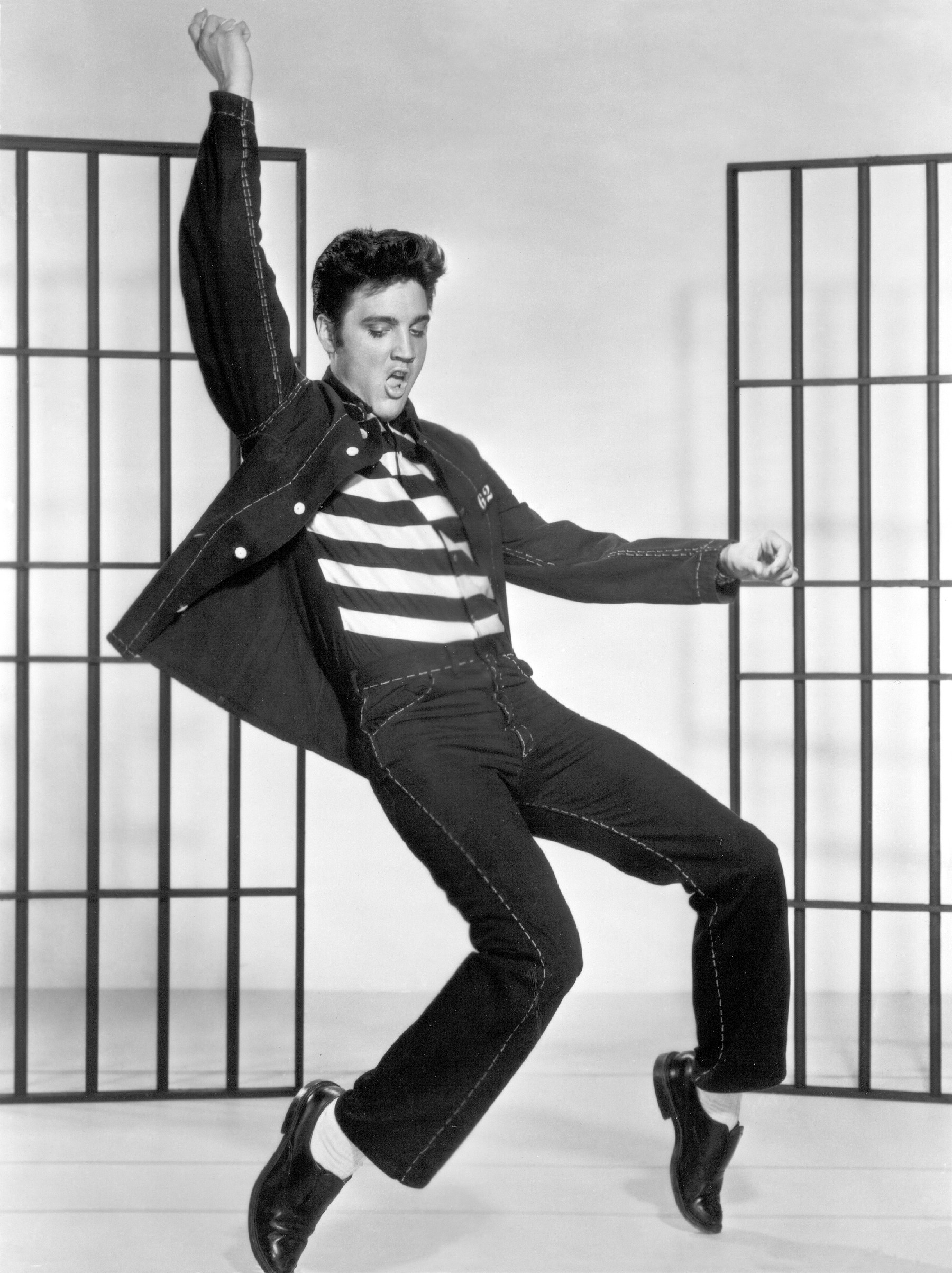 Suicidal Tendencies Live
Suicidal Tendencies Live
“Institutionalized,” a 1983 track by the Los Angeles punk band Suicidal Tendencies, delves into a different type of confinement: a mental health facility. Mike Muir’s lyrics tell the story of a protagonist who fears the dehumanizing effects of institutionalization, specifically the treatments and medications that threaten to erase his identity. The song expresses a fear of losing oneself within the system, transforming from an individual with struggles into a shadow of his former self. Famously punctuated by the line, “All I wanted was a Pepsi,” “Institutionalized” critiques the potential for institutions to confine not just bodies, but also minds.
Black Flag, “Police Story”
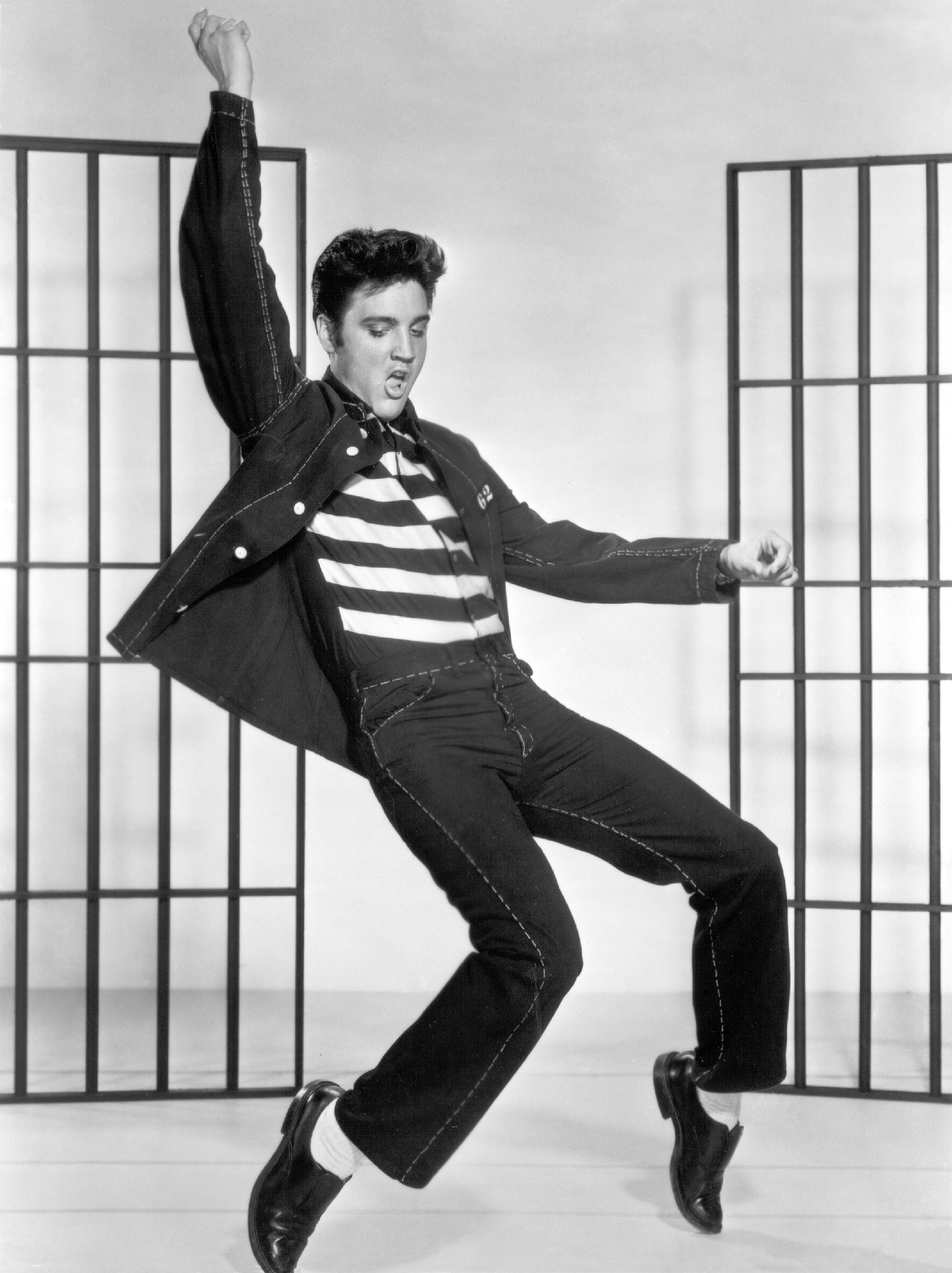 Black Flag Performing
Black Flag Performing
Black Flag’s raw and explosive “Police Story,” clocking in at just over 90 seconds, is a furious outburst against police harassment targeting the Los Angeles hardcore punk scene in 1981. Greg Ginn’s lyrics, delivered with Henry Rollins’s signature snarl, depict the frustration of constant run-ins with law enforcement: “I go to court for my crime. Stand in line, pay bail. I may serve time.” This track from the Damaged album acts as a bridge between the minor offenses described in “Spray Paint (The Walls)” and the more serious threat of imprisonment explored in “Padded Cell,” capturing the volatile relationship between punk subculture and authority.
Nas, “One Love”
 Nas Rapper Portrait
Nas Rapper Portrait
“One Love,” a standout track from Nas’s critically acclaimed debut album Illmatic, takes the form of a poignant letter from the rapper to a friend serving time in prison. The song provides updates on life in their Queensbridge neighborhood since his friend’s incarceration. In a deeply personal verse, Nas shares both joyous news – the birth of his friend’s child – and painful realities – infidelity from his friend’s partner. Despite the harsh truths, Nas’s gesture of including commissary money offers a small comfort amidst the isolation of prison life, highlighting themes of loyalty and connection across prison walls.
Snoop Dogg, “Murder Was The Case”
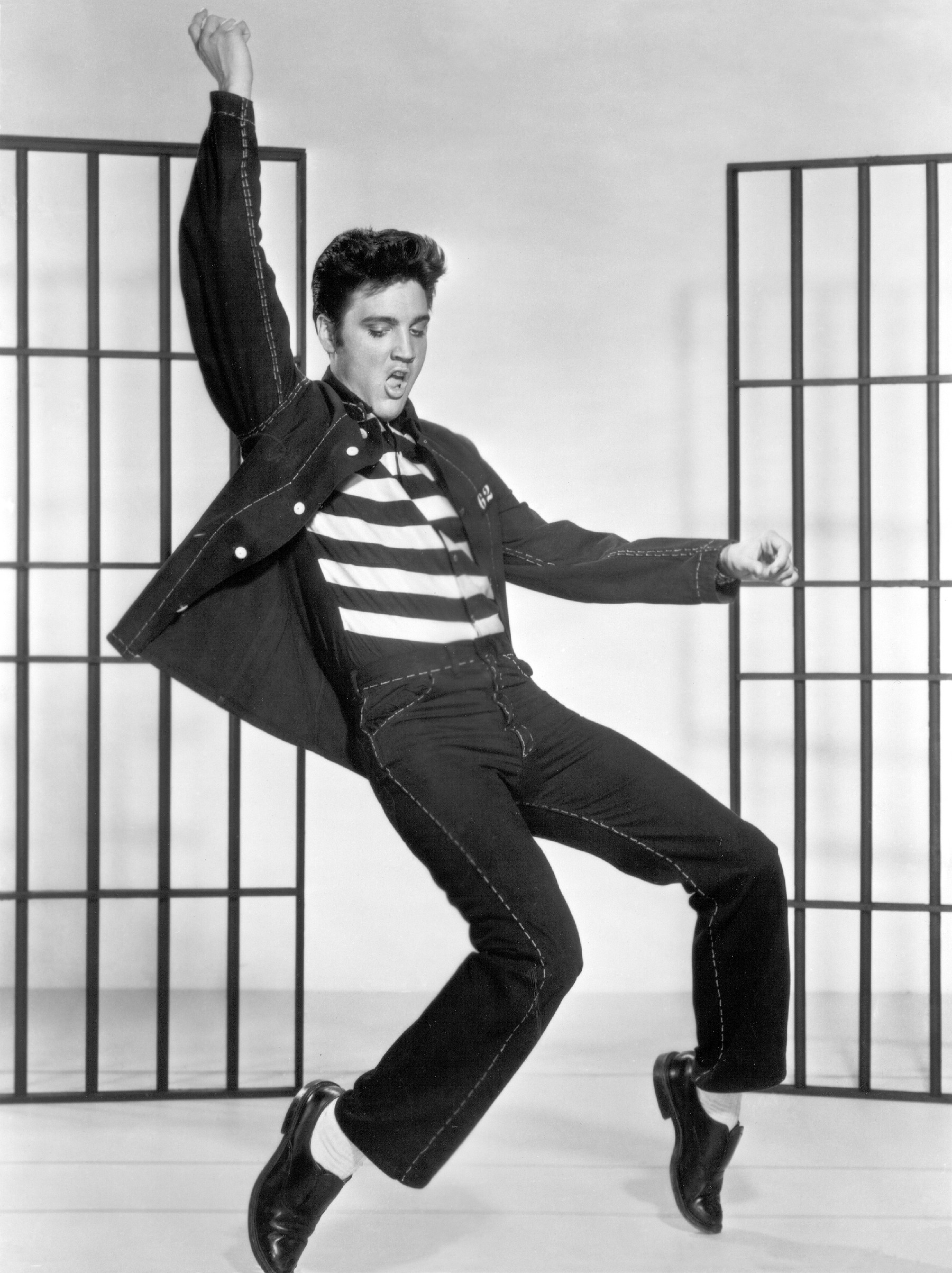 Snoop Dogg in Music Video
Snoop Dogg in Music Video
Snoop Dogg’s “Murder Was The Case” is a hip-hop epic, comparable in scope to “November Rain” in rock. This Dr. Dre-produced track narrates a journey from the streets of Long Beach, California, to the California Institution for Men in Chino. The song unfolds as a cinematic narrative encompassing drive-by shootings, near-death experiences and resurrection, deals with the devil, and the ever-present haze of weed smoke, all interwoven with Bible verses. Ultimately, Snoop’s character finds himself on the “gray goose” (prison bus) headed to jail, landing in the midst of a violent prison conflict. The song’s narrative was further brought to life in an 18-minute short film released in 1994, solidifying its status as a gangsta rap classic exploring the harsh realities of street life and incarceration.
Sam Cooke, “Chain Gang”
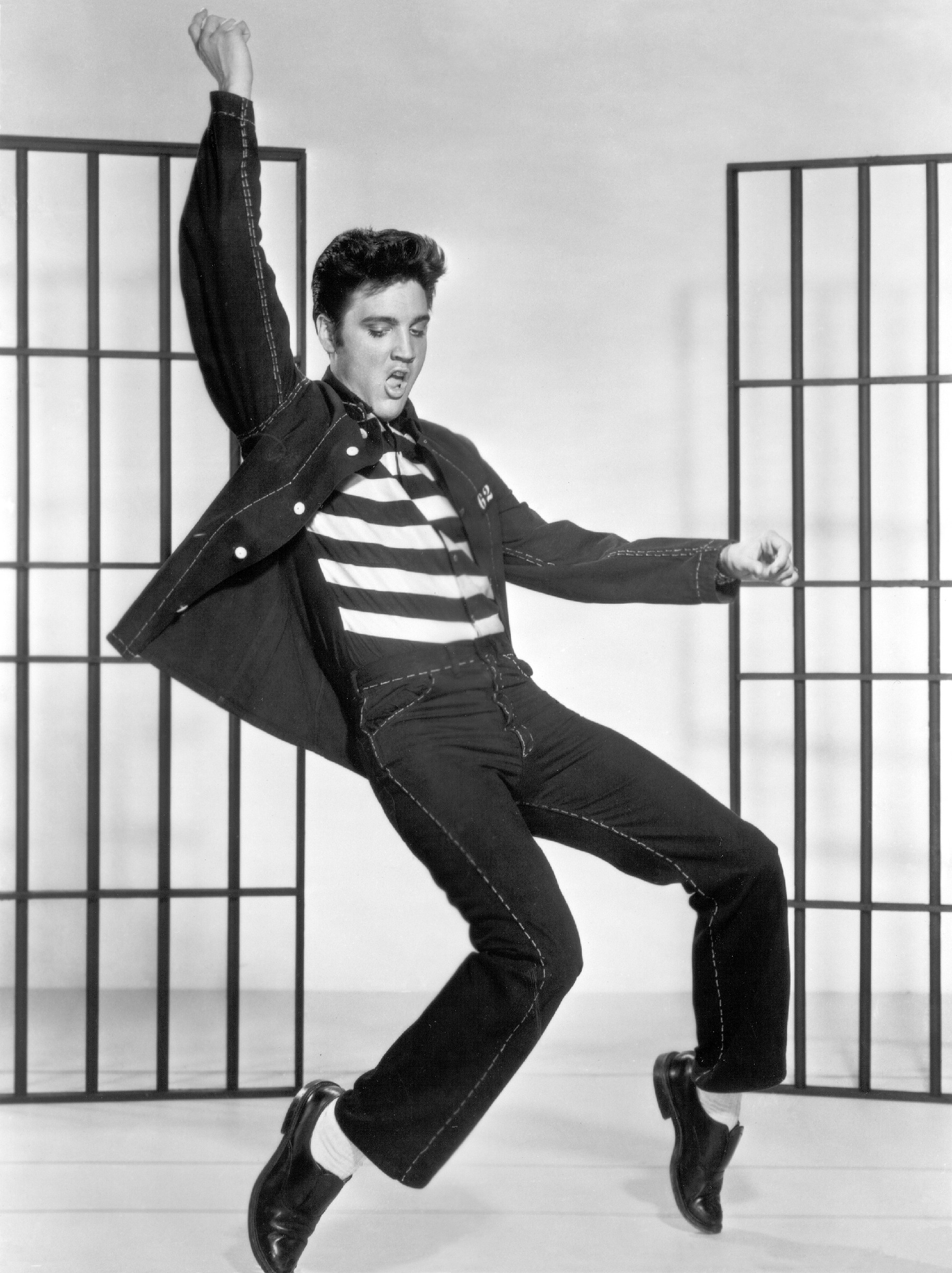 Sam Cooke Singing
Sam Cooke Singing
Sam Cooke’s surprisingly upbeat 1960 hit “Chain Gang” was inspired by a real-life encounter Cooke had with a prison chain gang while touring. During this era, prison labor was commonly used for public works projects like highway construction. Despite the grim reality of forced labor, Cooke’s song focuses on the resilience of the human spirit, highlighting the prisoners’ hope for eventual freedom as the driving force keeping them going through their grueling work and confinement.
Thin Lizzy, “Jailbreak”
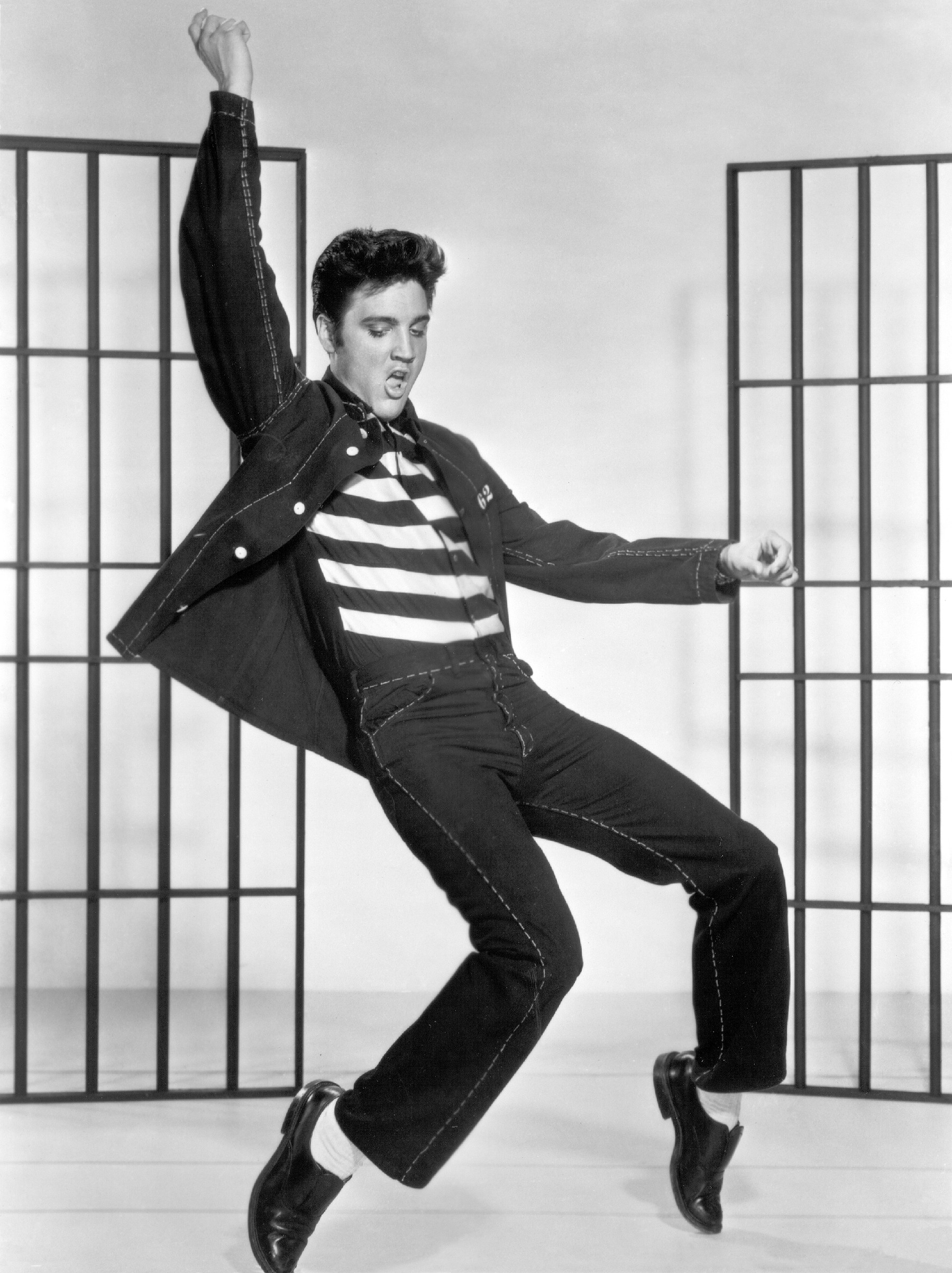 Thin Lizzy Band Photo
Thin Lizzy Band Photo
Thin Lizzy’s anthemic “Jailbreak” is a high-energy rock track that lives up to its name. The song vividly portrays a daring prison escape, complete with pursuing hounds and glaring searchlights. Once free from confinement, the escapees make their way to the city, where, in true rock and roll fashion, their immediate priority is seeking out female companionship, showcasing a classic narrative of rebellion and the pursuit of freedom and pleasure after escaping jail.
James Brown & The Famous Flames, “Prisoner of Love”
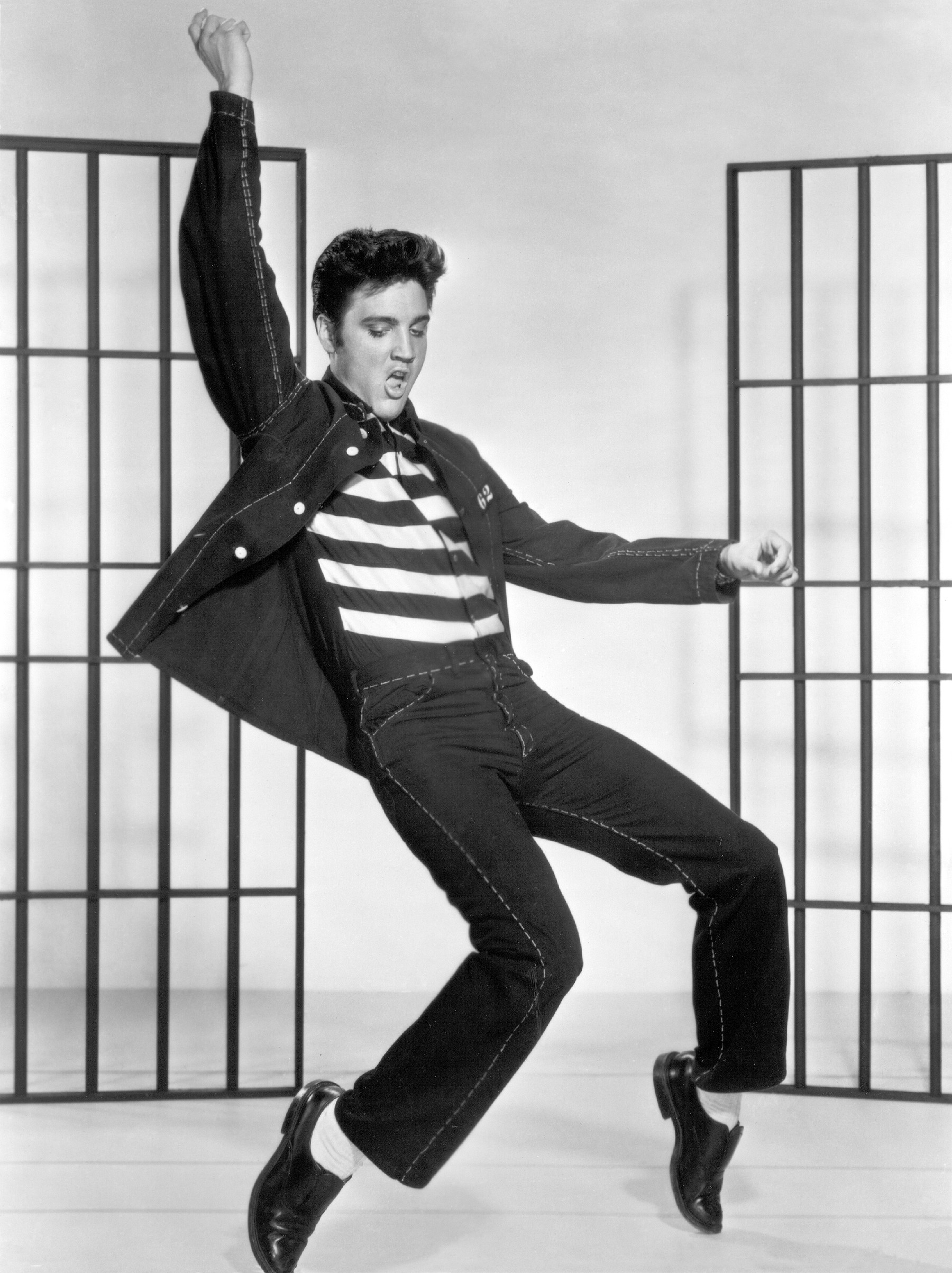 James Brown Performing
James Brown Performing
“Prisoner of Love,” written in 1931, became a hit for various artists including Russ Columbo and Perry Como, but James Brown’s 1963 rendition is widely considered the definitive version. In Brown’s soulful interpretation, the “prison” is metaphorical. There are no literal bars or wardens; instead, Brown sings of being a “prisoner” to love, suggesting that marriage itself can feel like a form of loving confinement, offering a nuanced and relatable take on the theme of being bound.
Public Enemy, “Black Steel in the Hour of Chaos”
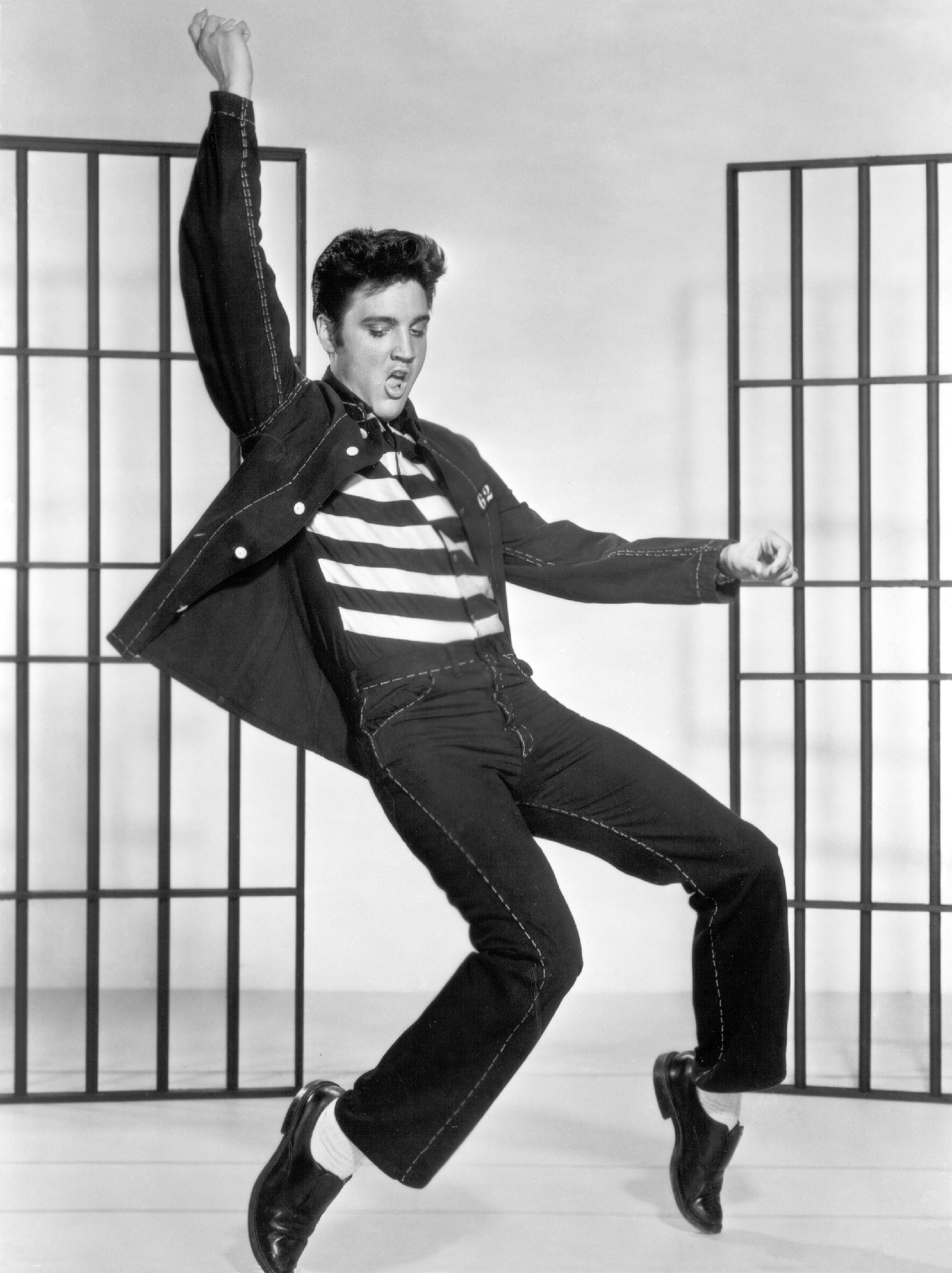 Public Enemy Group Photo
Public Enemy Group Photo
Public Enemy’s “Black Steel in the Hour of Chaos” is a detailed and politically charged narrative about draft resistance and a large-scale prison break. The song depicts a protagonist facing forced military conscription who chooses to resist. After being incarcerated for draft evasion, he seizes an opportunity when a correctional officer falls asleep, acquiring the officer’s “black steel” (gun). This sets off a meticulously planned prison escape, leaving behind a scene of violence and chaos as they break free, using the prison setting to explore themes of resistance against oppressive systems.
Nate Dogg feat. Snoop Dogg, “Never Leave Me Alone”
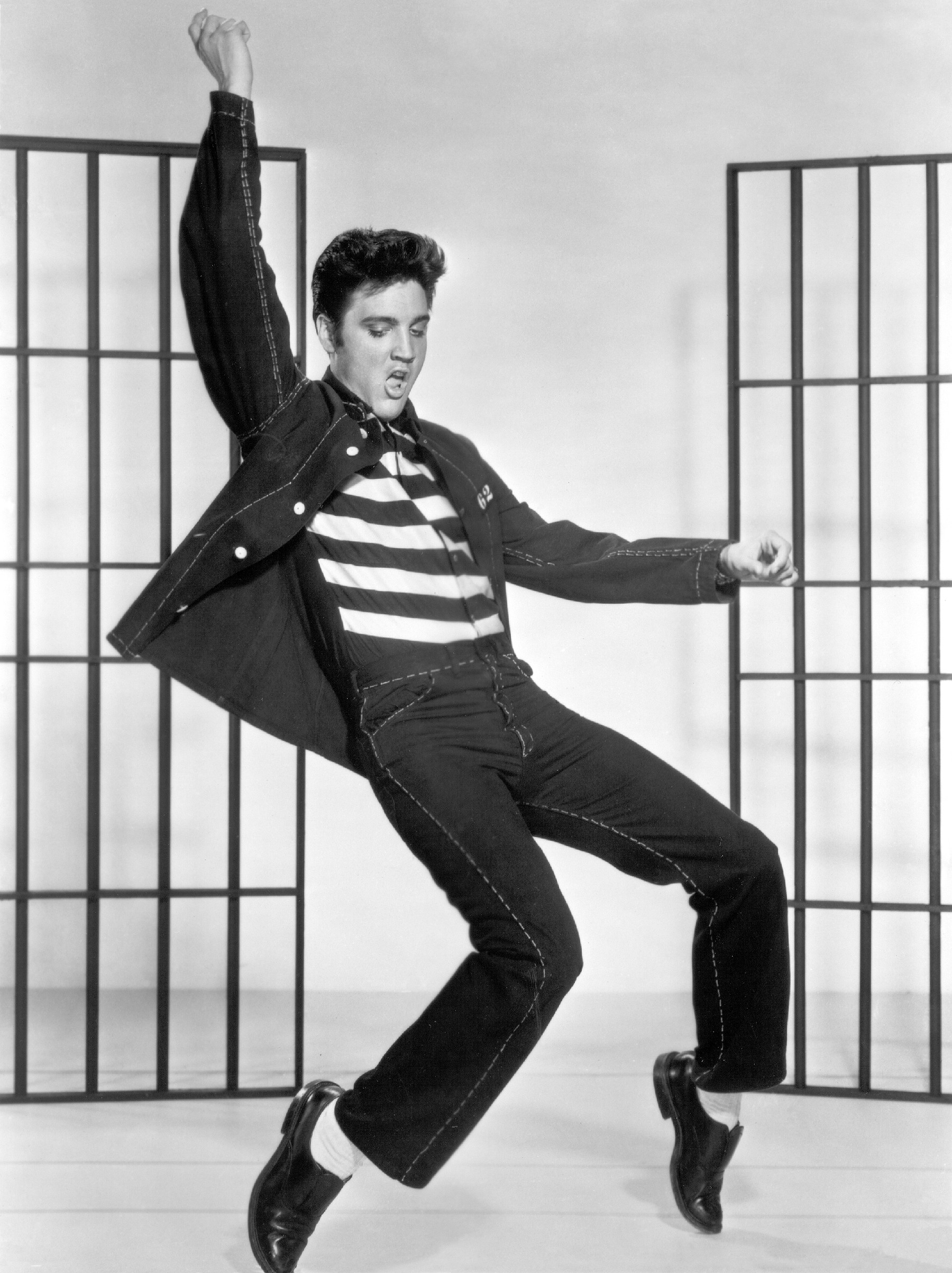 Nate Dogg Performing
Nate Dogg Performing
Nate Dogg’s G-Funk ballad “Never Leave Me Alone” from 1998 explores the duality of life as an O.G., torn between love and crime. Within this framework, Snoop Dogg delivers a verse offering an insightful perspective from inside prison. Snoop’s lyrics portray a sense of betrayal (“Somebody was naughty when they snitched on me”) leading to a lengthy sentence (“sentenced me to do about a century”). He then expresses anxieties common to incarcerated individuals, worrying about his partner’s fidelity on the outside, adding a layer of vulnerability and realism to the song’s themes of loyalty and the challenges of maintaining relationships during imprisonment.
Skip Spence, “Weighted Down”
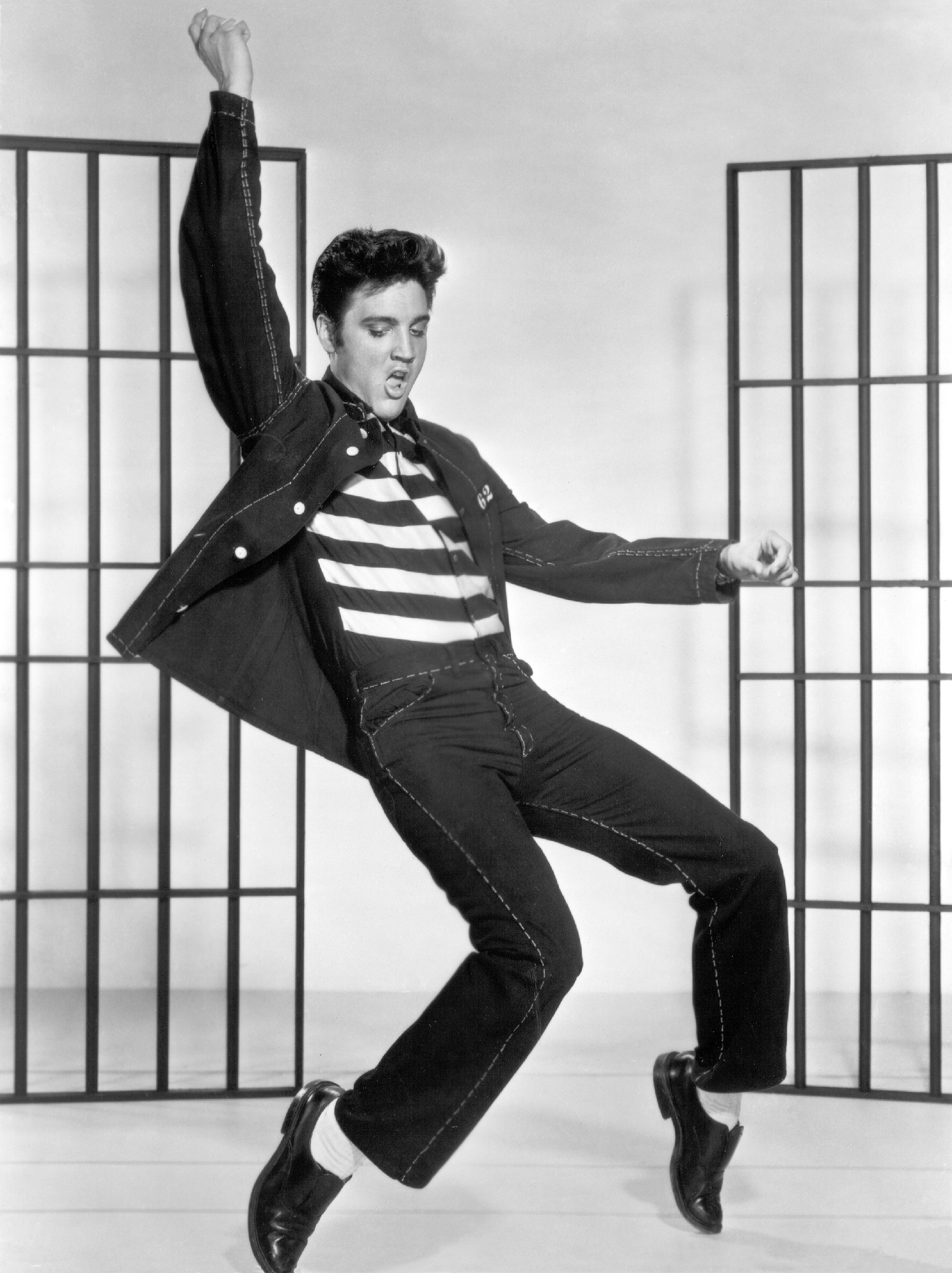 Skip Spence Album Cover Oar
Skip Spence Album Cover Oar
Skip Spence, a musician who played with both Jefferson Airplane and Moby Grape, faced a promising career tragically cut short by schizophrenia. In 1968, amidst his rising fame, Spence experienced a breakdown in New York City, leading to confinement in mental institutions like Bellevue and the Tombs. It was during this period of institutionalization that he wrote the songs for his deeply personal and psychedelic solo album Oar. “Weighted Down (The Prison Song)” directly reflects Spence’s experiences within these mental wards, using the metaphor of imprisonment to express the feeling of being trapped by his mental health struggles.
Merle Haggard, “Life in Prison”
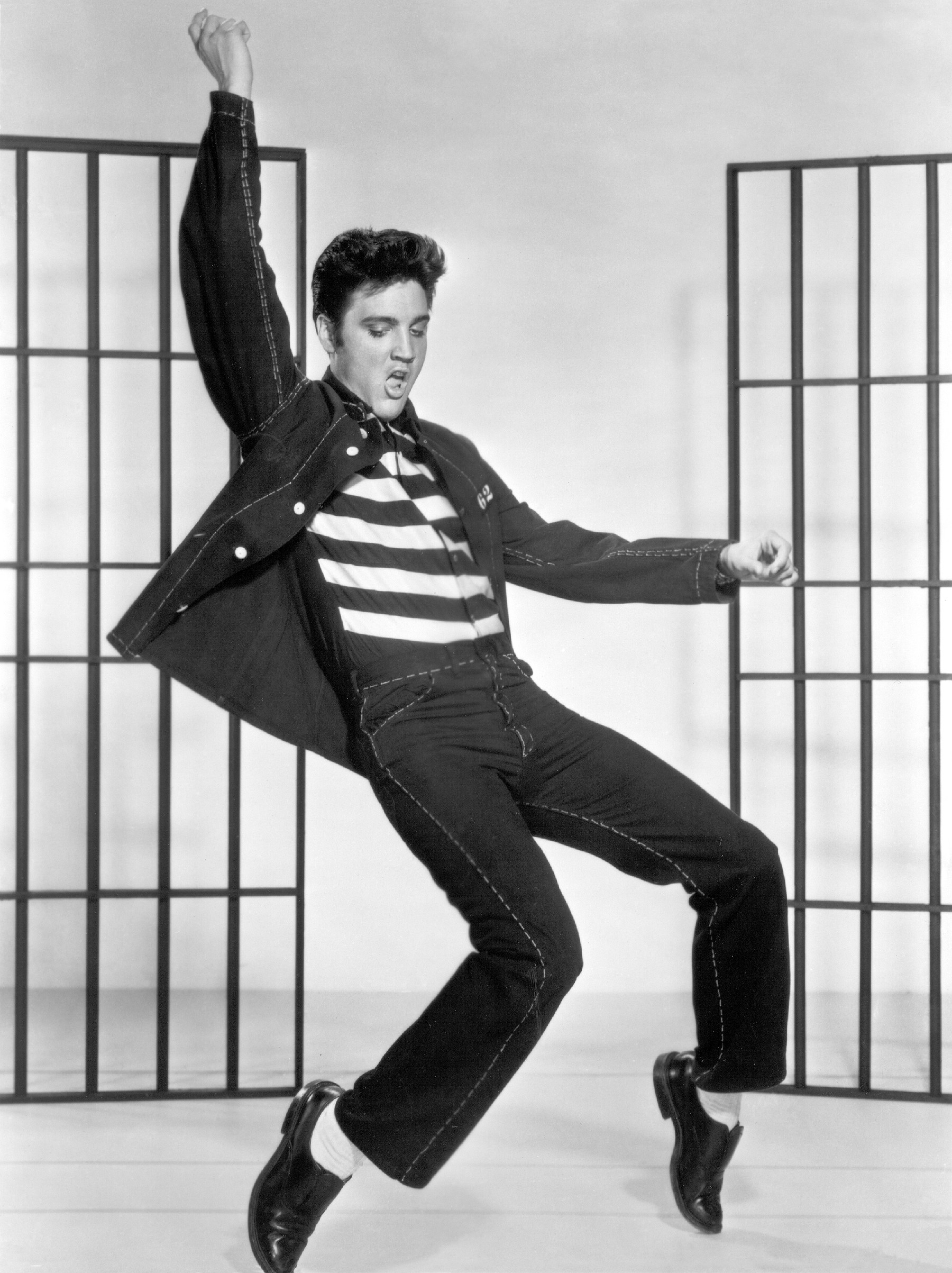 Merle Haggard Performing with Guitar
Merle Haggard Performing with Guitar
Merle Haggard, a pioneer of outlaw country music, filled his 1967 album I’m a Lonesome Fugitive with songs of crime and punishment, including “Life in Prison.” This track tells the somber tale of a man sentenced to life imprisonment for killing his wife in a fit of rage. “Life in Prison” explores themes of regret and the consequences of violent actions. The song gained further recognition when The Byrds covered it on their influential country rock album Sweetheart of the Rodeo, bringing Haggard’s stark narrative to a wider audience.
Louvin Brothers, “Knoxville Girl”
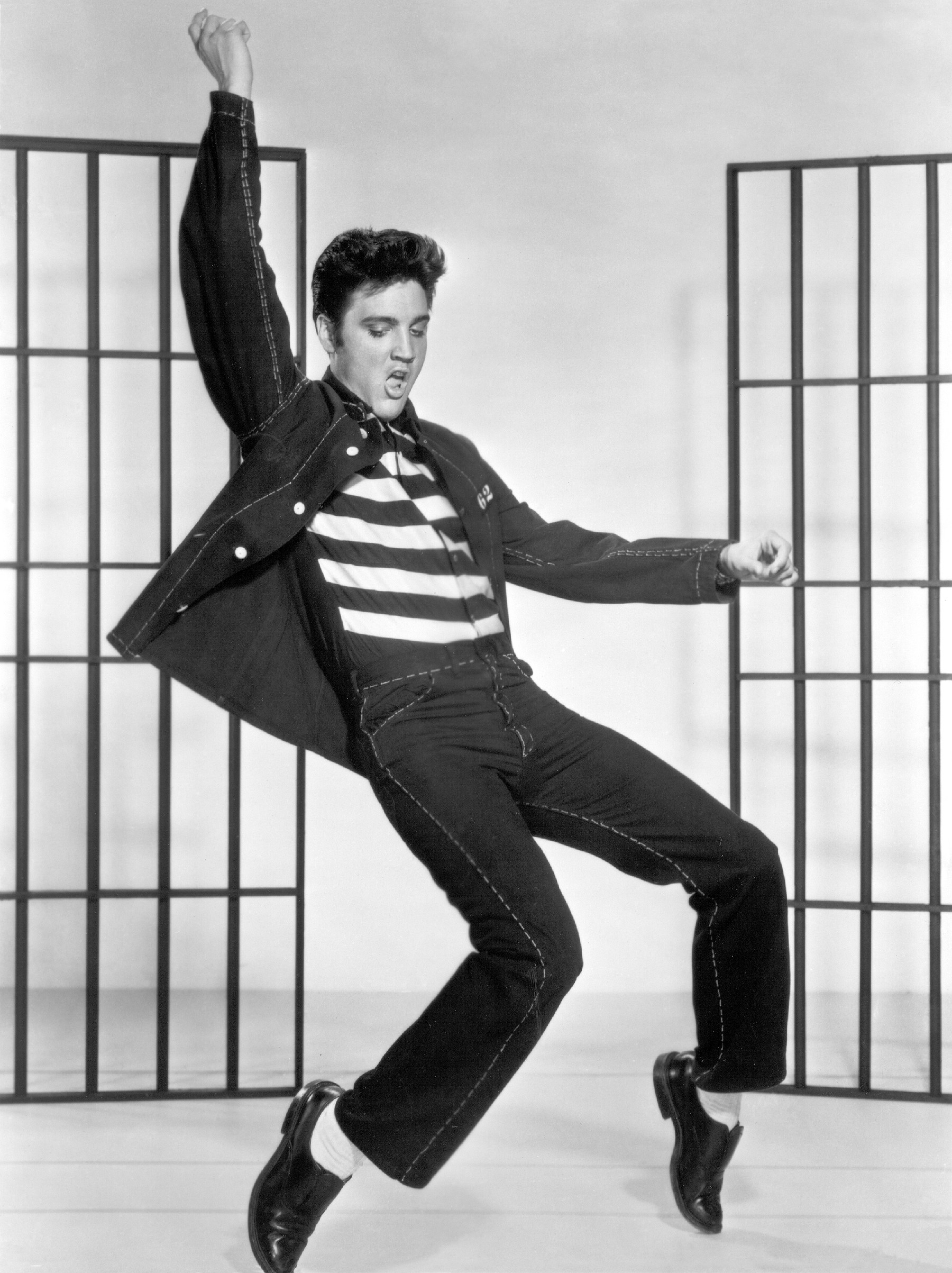 The Louvin Brothers Album Cover
The Louvin Brothers Album Cover
“Knoxville Girl” by The Louvin Brothers is a chilling example of a traditional Appalachian murder ballad, delivered with the unsettlingly angelic harmonies of the brother duo. The song begins innocently, recounting a chance meeting between a man and a woman in Knoxville. However, the narrative quickly descends into darkness in the second verse: the man brutally murders the “Knoxville Girl,” disposing of her body in the river. The story continues with his blood-stained return home, a revealing nightmare, and eventual capture, culminating in a life sentence in prison. The Louvin Brothers’ 1956 rendition of this disturbing tale, despite its unsettling content even by today’s standards, highlights the enduring and often dark themes found within traditional folk music and songs about jail and its aftermath.
These songs, spanning genres and decades, demonstrate the enduring fascination with the theme of jail in music. From personal reflections on confinement to social commentaries on justice and freedom, these tracks offer a diverse and compelling soundtrack to the world behind bars.
